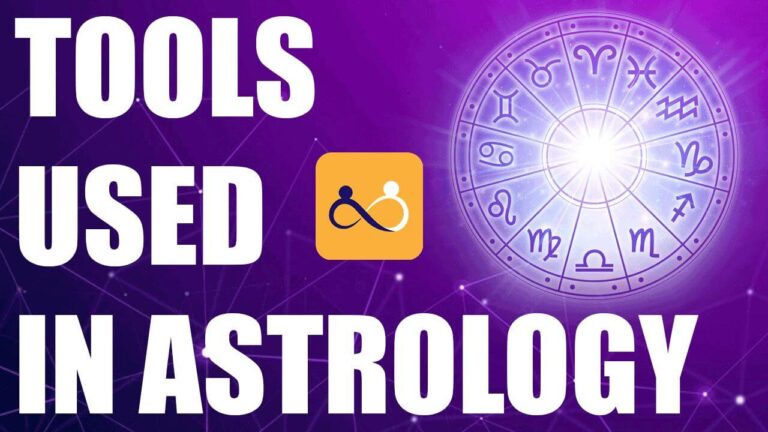When you hear astrology, the first thing that may come to your mind is a fortune teller holding a crystal ball while looking into your eyes.
Sadly, that’s not how it works.
There’s no physical tool used in astrology.
Most astrologers read your charts from their laptops.
These charts were distributed as early as the 4th century BCE.
Now, this information is generated using software.
Today’s astrology harnesses the precision of star charts and the advancements in astronomical instruments, merging the legacy of ancient Greece and the Middle Ages with the innovation of the 17th century. This blend of celestial observations, from the naked eye to the Hubble Space Telescope, offers a modern frame of reference for understanding the intricate dance of celestial bodies across the zodiacal constellations. With tools ranging from the armillary sphere to digital cameras, astrologers now interpret the cosmic dialogue with unprecedented clarity, making the ancient practice more accessible and relevant in our quest to decipher the mysteries of outer space and human behaviour.
Hanna Burgess
Celestial Insights
Astrology is much more than the common image of fortune tellers and crystal balls.
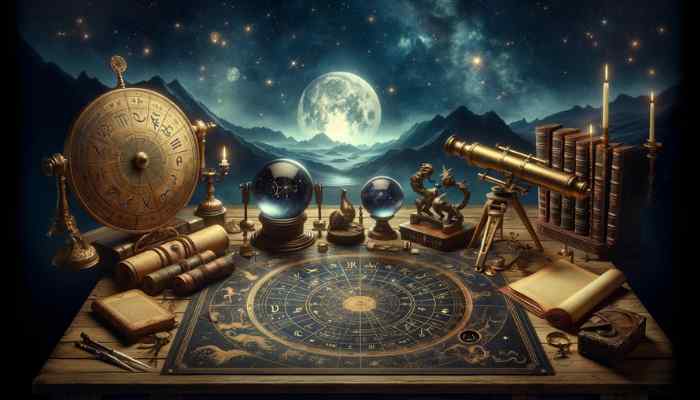
It deeply studies celestial objects and their effects on human life.
Astrological charts and ephemerides are key to this practice.
They offer more than just data, opening a window to the movements of planets and the sun’s position in zodiac signs.
The charts are rooted in ancient science.
The science comes from Greece to the Islamic world.
They let astrologers decode messages by tracking heavenly bodies.
Mixing old wisdom with new tech allows for deep predictions.
They can predict future events well.
Astrology instruments
The tools in astrology are charts and a map of the night sky known as ephemeris.
This is a table of planetary positions based on calculations of the planet’s movement and astronomical model.
It may seem like a cheat sheet, but the ephemerides don’t spell out the positions of the planets.
Instead, the astrologers need to read the placement of the planet’s positions by degrees on the zodiac wheel.

This way, they can read the 12 signs and their relation to the planet.
This may seem confusing if you haven’t studied astrology.
However, we should be thankful to the ephemeris for the future predictions on our horoscope.
Divisional charts
These charts are of greater importance in the Vedic system and are also known as the Varga chart.
First, let’s understand what Varga is.
The zodiac is divided into 12 signs which totals 360 degrees or 30 degrees for each sign.
The signs are further subdivided.
And each of the equally subdivided are positions mapped on each Amsa (Divisions/Vargas).
These subdivided signs are known as Vargas, and they represent specific aspects of one’s life, like:
- education
- wealth
- love affairs
- marriage
- profession
- children, etc.
Vedic Precision
In Vedic astrology, divisional or Varga charts play a pivotal role.
These charts provide a detailed view of a person’s life by breaking the zodiac into smaller parts.
They show insights into areas like education, wealth, and relationships.
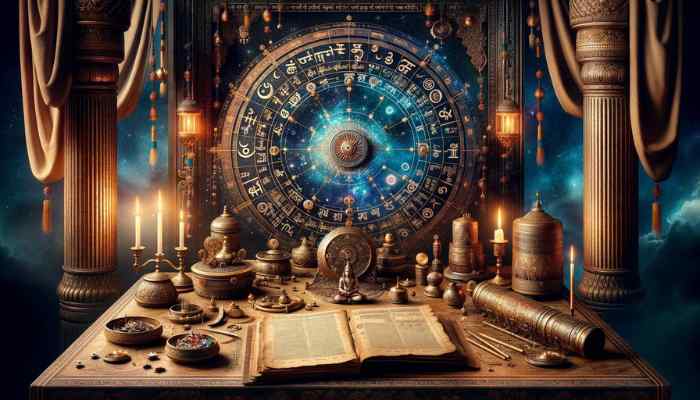
This detailed method reflects the scientific precision of ancient cultures.
It enables a deep analysis that improves our understanding of destiny and life paths.
The charts’ precision, down to minutes and seconds, shows how carefully astrology studies rely on math and astronomy.
Natal chart
This chart is another important tool in astrology.
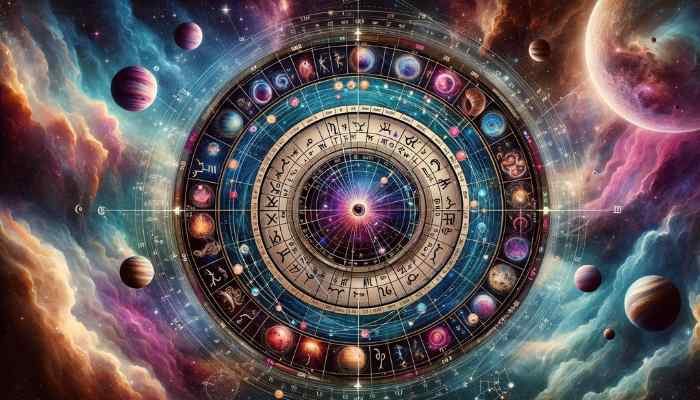
It can predict your personality based on the placement of the planets.
As well as the geographic location where you were born.
Anyone can read natal charts, but you must recognise the planets in your chat and decipher their meanings.
If you want to read your birth chart or natal chart, it is best to learn how these charts work.
Learn the different symbols on it and how they influence your personality traits.
As mentioned earlier, astrology tools are not physical.
They are charts, graphs, planetary positions, and movements of the native (the individual who wants a reading).
Most astrologers use other tools as well that relate to Tarot and numerology.
All these tools help give a more precise and accurate prediction.
A Personal Universe
The natal chart stands as a personal cosmic fingerprint, offering a snapshot of the celestial spheres at the moment of one’s birth.
This chart is a cornerstone of astrology.
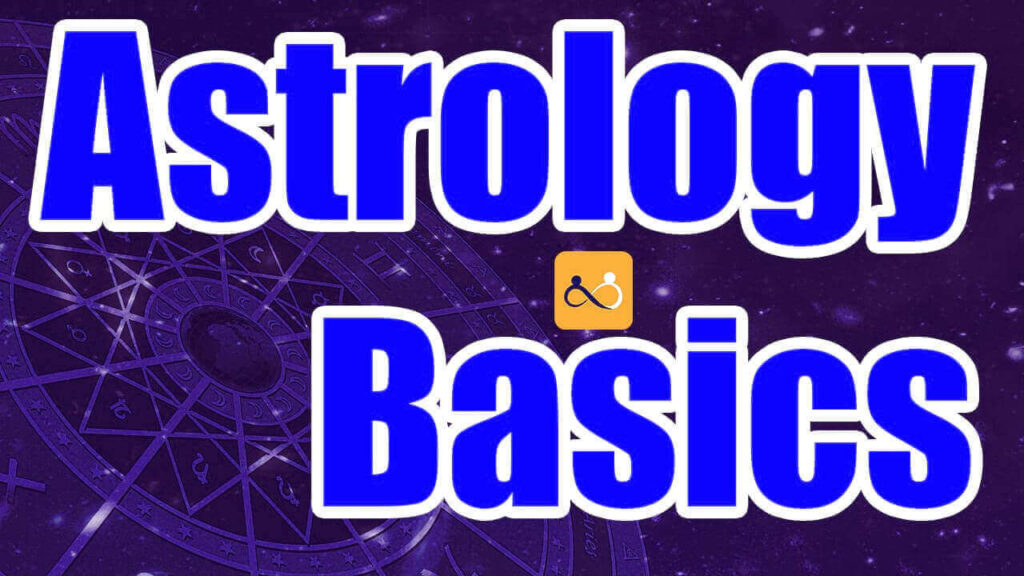
It holds the keys to understanding a person’s character, potential, and life journey.
Understanding one’s natal chart is like having a celestial map.
Each planet and astrological aspect is a guide to life’s challenges and opportunities.
The symbols and planets in the natal chart are a powerful tool.
They help with self-discovery and personal growth.
They are accessible to those willing to explore astrology.
Can I Teach Myself Astrology?
Creating astrology charts is a great way to learn more about the subject and practice your skills.
You can create them by hand or use software or websites that do it for you.
Or even build custom ones with several options based on what you’re looking for in an event’s chart.
Astrology in the Digital Age
Astrology has evolved dramatically with digital tools and social media platforms.
Modern astrologers use many tools.

These include chart software and online forums for sharing knowledge.
With astrology more open to all, anyone can study the cosmos on their laptops.
Astrology remains popular today, with personalised readings and interactive tools providing age-old insights.
Bridging Ancient Skies and Modern Science
Astrology has long combined the study of the stars, from the ancient Egyptians’ star-aligned structures to Galileo’s groundbreaking telescope work.
Now, this study offers more accuracy and is easier to access than ever before.
We once watched celestial bodies with just our eyes.
Now, advanced tools let us see lunar eclipses and planet paths in detail.
Blending old star-watching methods with new studies, like radio wave detection, highlights how past and present knowledge helps us grasp the cosmos.
Predictive astrologers now use many tools and facts to read the stars, keeping astrology alive as we continue to explore the universe’s secrets and our role in it.
New and Old
Today, astrology is not just an art.
It is a mix of research and old wisdom.
It uses all the first telescopes, from Galileo to today’s Schmidt-Cassegrain telescopes.
The new telescopes have large apertures and fine sensors.
From the times of Tycho Brahe and Islamic scholars to modern-day predictive astrologers, the scientific community has continually expanded our understanding of the universe through meticulous astronomical observations.
These go from the sun’s movements at different latitudes to the complex motions of our solar system.
They also include the vast reaches of the Milky Way.

Astrology uses many tools.
They range from ancient astronomical instruments made by the Egyptians to digital tools.
The digital tools map celestial coordinates with great precision.
The introduction of new instruments and scientific methods has revolutionised the field.
Thus allowing us to observe celestial phenomena like lunar eclipses, the positions of stars, and even distant celestial bodies such as cepheid variables, dark matter, and black holes, with clarity never before possible.
The evidence is scientific.
It and the astrological tradition paint a detailed picture of human behaviour and the cosmos.
They are anchored in the zodiacal constellations and celestial maps from the 2nd century BCE.
Wrapping Up
We stand on the shoulders of giants, like the first telescope’s inventors.
We look at the study of the heavens.
Astrology remains a powerful teaching tool.
It is a key part of our quest for knowledge.
It is a field that continues to pose new questions and explore the relative positions of celestial bodies while maintaining a profound respect for the ancient forms of astrology practised across Central Asia and beyond.
In this modern era, apps show Mecca’s directions.
Digital images bridge the light years between us and the night sky’s objects.
Astrology testifies to humanity’s lasting love of the stars.
The stars move guided by the sun and the timeless dance of the stars.
Hana is a numerology, tarot and astrology expert who studied extensively in India and made some amazing connections in that time. Her goal is to teach people how to live lives of passion and purpose by utilizing numbers, tarot and the planets as a guide.

